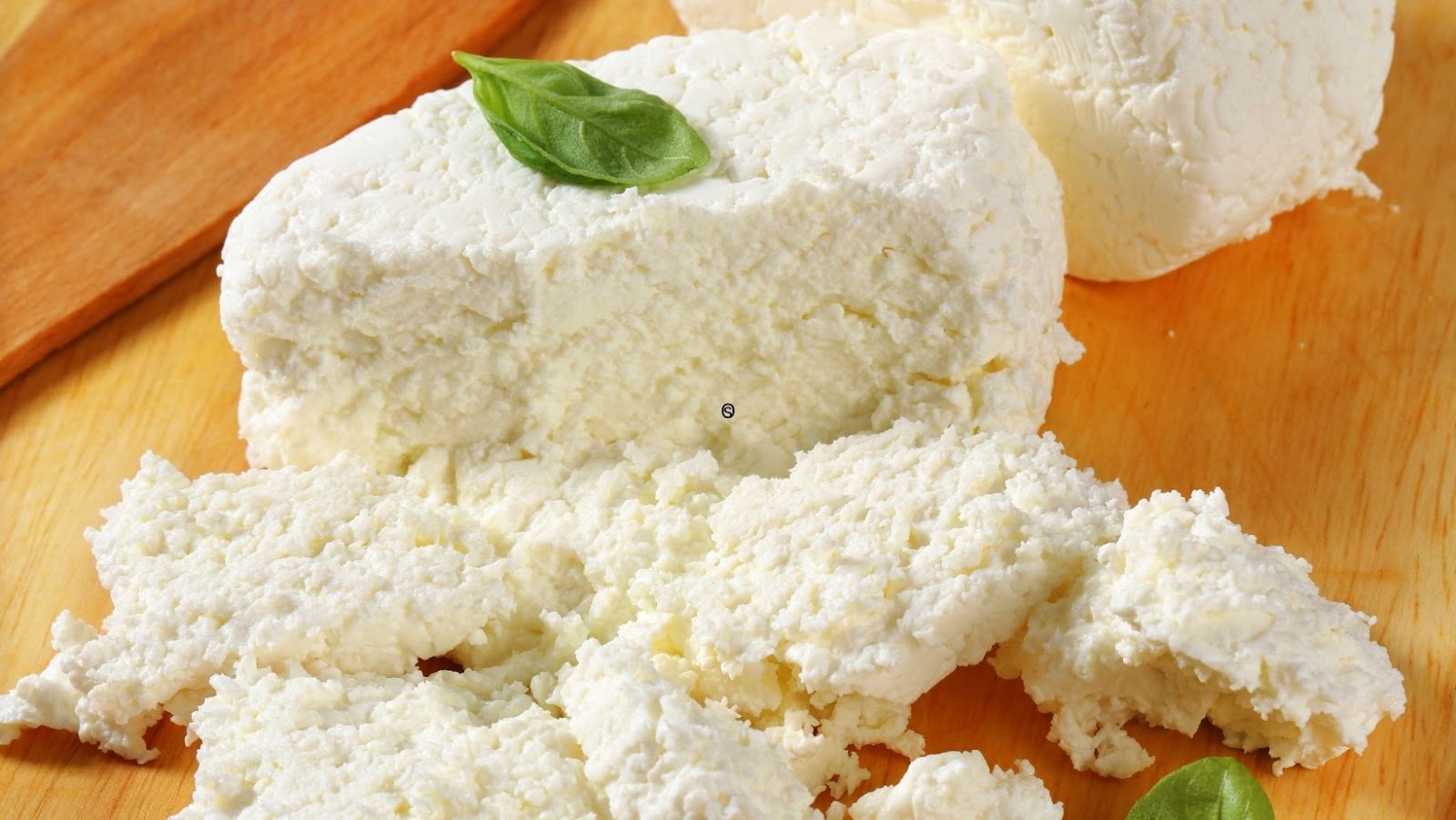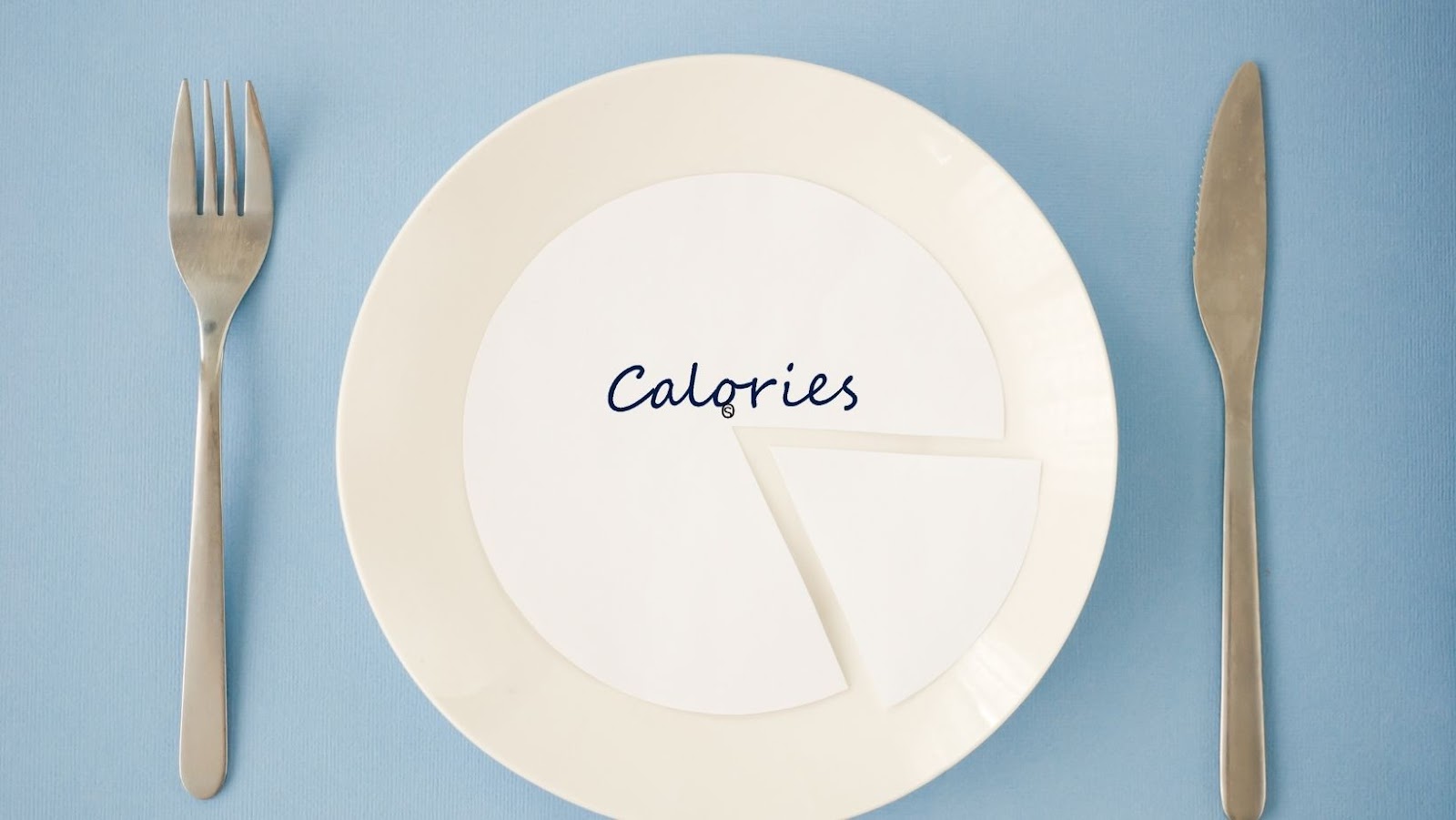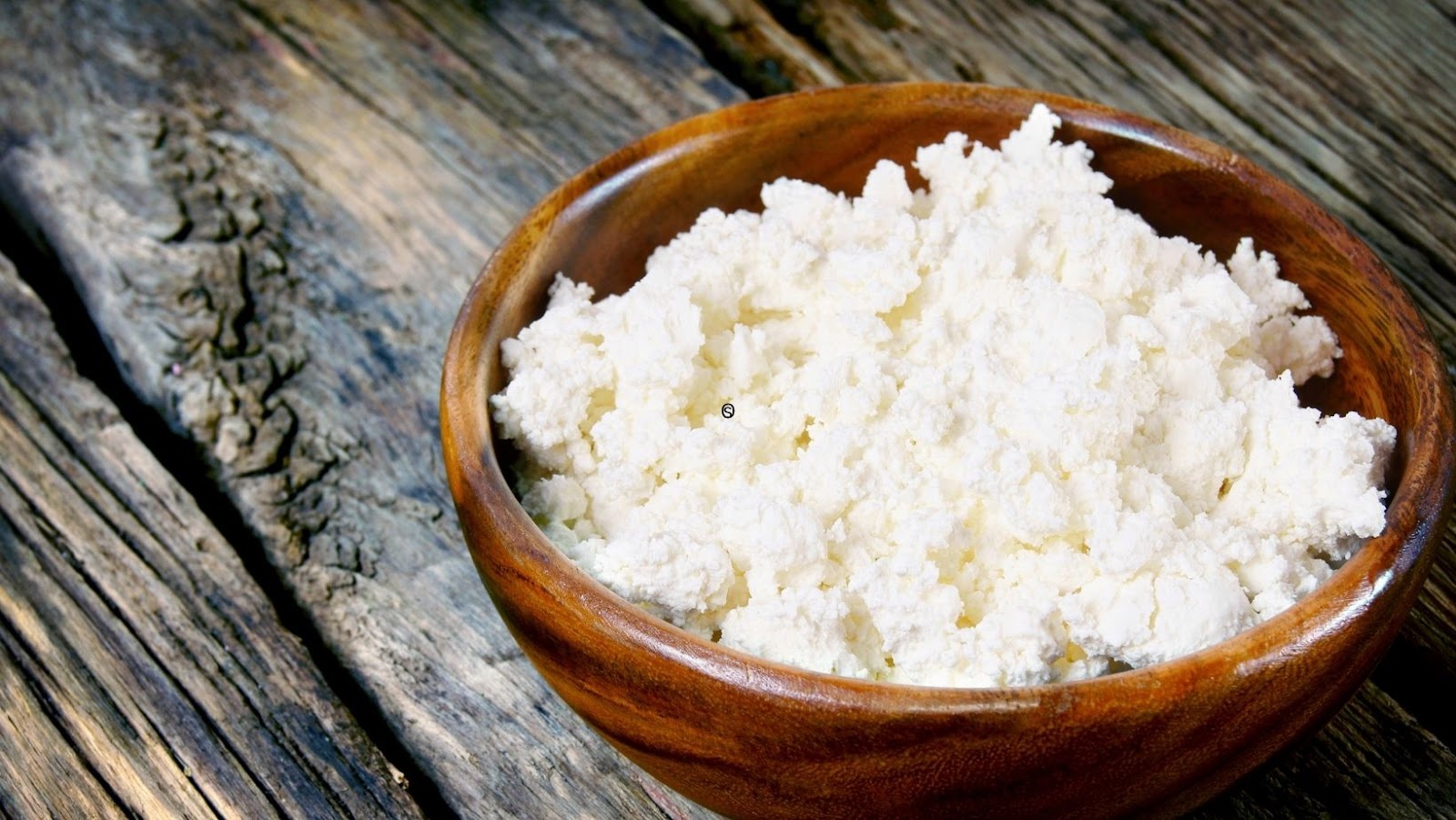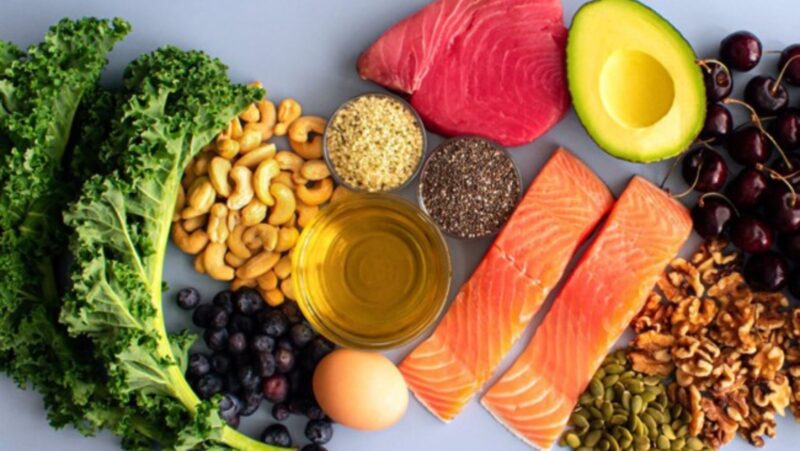
Low fat cottage cheese has become a popular health food due to its low fat and calorie content. However, like all food, it has potential risks and downsides. Before you add low fat cottage cheese to your diet, it’s important to understand how many calories it contains and what potential risks it can pose. Read on to learn the basics of low fat cottage cheese and its potential risks.
How many calories in low fat cottage cheese
Low fat cottage cheese is a dairy product made from pressed curds of skimmed cow’s milk. The curds are formed by adding an acid, usually vinegar or lemon juice, to heated milk containing cultures. When the acid breaks down the proteins in the milk, it causes them to coagulate, forming a solid mass. This solid mass is then drained through a cheesecloth and drained of most of its whey and other liquids contained; leaving behind small chunks or curds of cheese.
Low fat cottage cheese typically has a much lower fat content than regular cottage cheese variety; often containing less than 2% fat or no more than 1g per serving. It may also be low in sugar, with some varieties being sugar-free altogether. Most brands of low fat cottage cheese can be found at major supermarkets and health food stores, with prices varying depending on the country you live in and individual brand name.
The calorie count for traditional low-fat cottage cheese normally ranges from around 100-150 calories per 4 ounce (115g) serving; however when combined with additional ingredients like fruit or nuts this can increase depending on what’s added into it. It’s important to note that all low fat products do still tend to contain slightly higher amounts of saturated fats when compared to non-fat versions, so take that into consideration when deciding which version suits your dietary needs best.
Nutritional value of low fat cottage cheese
While low fat cottage cheese has many health benefits, it’s important to consider all potential risks and downsides before deciding whether or not it is the right choice for you. Unlike full fat varieties, reduced-fat versions of cottage cheese may have fewer calories per serving. In general, one cup (226 g) of low-fat cottage cheese contains approximately 152 calories. However, the amount of calories in any given serving will vary depending on brand and flavourings added.
Low fat cottage cheese also contains higher levels of sodium than full fat options. This is due to manufacturers adding salt during processing as a way to enhance the flavour and extend its shelf life. A single cup (226 g) of low fat cottage cheese generally contains 570 mg of sodium, or 25% of the Daily Value (DV). While this isn’t considered excessive, those with heart conditions or who are prone to bloating should limit their intake accordingly.
Despite its high protein content, there are concerns among some health professionals that eating too much low-fat dairy could be detrimental to bone health in certain people because it can cause calcium losses from bones that maintain their strength and density over time. Additionally, choosing a reduced-fat option instead of regular yoghourt may be associated with an increased risk for developing metabolic syndrome ― a group of conditions that includes high blood pressure and unhealthy cholesterol levels.(1 ) For this reason, caution is advised when substituting full-fat dairy for reduced-fat products such as cottage cheese in order to ensure overall good nutrition goals are met.
Potential Risks
Eating too much low fat cottage cheese can pose potential health risks. While low fat cottage cheese can be a good source of protein, vitamins, and minerals, it can also contain a high amount of sodium which can lead to increased risk of high blood pressure and other cardiovascular diseases. Additionally, low fat cottage cheese contains a low amount of calories which can lead to weight gain and overeating if consumed in large amounts. Let’s explore the potential risks and downsides of eating low fat cottage cheese.
High sodium content
One potential downside to consuming low fat cottage cheese is that it is often high in sodium content. This makes it an unhealthy choice for people who need to watch their sodium levels, such as those with heart problems or hypertension. One 4-ounce serving of low-fat cottage cheese contains around 640 milligrams of sodium – nearly 28 percent of the recommended daily allowance (RDA).
In addition, some brands of low fat cottage cheese contain added ingredients such as sugar, corn syrup and artificial sweeteners, which can also be detrimental to overall health. It is important to read labels carefully and choose brands without these additives. Low fat cottage cheese is typically higher in calories than regular dairy products; one 4-ounce serving contains around 100 calories. For this reason, people who are trying to watch their weight should consume it sparingly or attempt to use a lower calorie alternative such as Greek yoghurt.
Low calcium content
Low fat cottage cheese contains fewer calories than regular cottage cheese, but it may be associated with other potential risks. For example, the low fat variety contains approximately 40% less calcium per serving than full fat cottage cheese. Low calcium intake has been linked to an increased risk of developing conditions such as osteoporosis and bone decalcification in some cases. Therefore, individuals who are considering switching from regular to low fat cottage cheese should make sure to obtain adequate amounts of calcium from their diet in other ways. Additionally, some commercial brands of low fat cottage cheese may also contain high levels of sodium, so it is important to read the nutrition labels carefully before making your final selection.
Low protein content
Low fat cottage cheese is low in protein when compared to other dairy products such as whole milk, full fat yoghurts and cheese. As with any dairy product, the protein content varies depending on the brand and type of cottage cheese you are purchasing. Many brands offer high-protein versions that contain between 10-15 grams of protein per ½ cup serving; however, most lower-fat versions only contain around 4-5 grams per ½ cup. This can become problematic if you’re trying to build muscle or increase your daily intake of protein.
Besides being a source of macro and micronutrients, proteins are the primary building blocks for muscles, hair, skin and bones. Without adequate amounts of dietary protein and more specifically essential amino acids our body cannot build new proteins to repair these components as they break down from normal wear and tear as well as use. If you are looking for ways to increase your daily intake of dietary protein, then choosing a different dairy product that is higher in fat will provide you with more protein per ounce than a low fat version of cottage cheese.
Downsides
Low fat cottage cheese is often chosen by those looking to lose weight or maintain a healthy diet, however it does have some potential risks and downsides. The main issue with low fat cottage cheese is its low calorie content, as it can contain as little as half of the calories found in regular cottage cheese. Additionally, due to the low fat content, it can be missing important nutrients like healthy fats and protein. Let’s take a closer look at the potential risks and downsides of low fat cottage cheese.
Low calorie content
One potential downside to low fat cottage cheese is its relatively low calorie content. If you are looking to increase your caloric intake, or fuel your body with more calories than the average diet, you may wish to consider a different type of cottage cheese or dairy product. Low fat cottage cheese typically contains only 80-100 calories per serving – significantly fewer than full-fat varieties – and less protein per serving than some other types of cottage cheese. Additionally, many brands also contain added thickeners and stabilisers which further reduce their calorie content and nutrient values. Therefore, if you are looking for a higher calorie food source, you should opt for higher fat cottage cheeses such as 2% or full-fat versions.
Low nutrient content
Low fat cottage cheese typically contains about 70 calories, 4g of fat, and 6g of protein per cup. While this may make it a suitable choice for those with weight-management goals, it can also leave you feeling unsatisfied or looking for something else to fill in the gap nutritionally. Low fat cottage cheese is lower in calcium than regular or full-fat versions of the same product and can be low in other vitamins as well, such as A and D. If you choose to opt for less calorie heavy foods like low fat cottage cheese regularly to aid in your weight-management goals, you should supplement with multivitamins or pay special attention to nutrient intake elsewhere.
Low fibre content
Low fat cottage cheese is a popular form of dairy, but as with most food, there are downsides to consider. One important detail is that it has low fibre content. This means you will not get the benefit of added dietary fibre to help make digestion more efficient while keeping cholesterol levels in check. The amount of dietary fibre in low fat cottage cheese can range from 0-3 grams per cup depending on the brand, so it may be a good idea to make sure you’re getting adequate amounts of fibre through other sources like whole grains and legumes.
In addition to its lower fibre content, one cup (236 ml) of 2% milk fat cottage cheese contains about 159 calories with 8 grams of total fat and 15 grams of protein. This means that if you are looking for a slim snack or opt for cottage cheese as part of your weight loss plan, you should be conscious of calorie intake and quality food choices.
In summary, while there are benefits to eating low fat cottage cheese in terms of calcium and protein intake in comparison to other dairy products, the lack of dietary fibre makes this food an unsuitable choice for those hoping to promote regular bowel movements or lower cholesterol levels without including other sources as part of their diet.
Conclusion
In conclusion, low fat cottage cheese is a great way to get essential nutrients and healthy fats into your diet. It can provide you with a good source of protein, calcium, iron, and other vitamins and minerals. However, it is important to be mindful of calories in order to keep your calorie intake in balance. Additionally, it is also recommended to watch out for added sugar, salt and preservatives when considering different types of low fat cottage cheese.
Summary of risks and downsides
Low fat cottage cheese has the potential to offer health benefits due to its reduced calorie content when compared to full-fat versions. However, this low-calorie version also comes with some potential downsides. The most significant of these is a lack of flavour. While reduced fat versions have been developed that use pasteurised milk and added fats to impart flavour, they may not be as popular as full-fat varieties because they have a slightly different taste.
Another potential downside is that some brands can contain large amounts of sodium, including added spices and salt. This could then lead to an increased risk of high blood pressure and heart disease. For those looking for a healthier snack option, it is recommended that you seek out brands which are low in added ingredients and maximise their nutritional value with source vitamins, minerals and proteins found in the natural dairy product.
Finally, while there are health benefits associated with consuming low fat cottage cheese instead of higher fat varieties, it is important to note that low fat dairy products such as yoghourt or cheese can also contain saturated fats from animal sources which could potentially clog your arteries and raise cholesterol levels when consumed in large amounts over long periods of time. Therefore, moderation should always be taken into account when selecting your dairy choices for optimal health benefits.
Recommendations for healthier alternatives
Low fat cottage cheese does have some benefits such as being a good source of protein and calcium, but it also has some potential downsides. Because it is low in fat, it is typically higher in carbs, sodium and sugar than regular cottage cheese. Additionally, if you are consuming more than one serving per day or regularly adding added sugars to liven it up, you could be at risk for incurring unwanted weight gain.
When it comes to eating healthy and nutritious foods, there are healthier alternatives to low fat cottage cheese. Instead of focusing on simply the calorie content of your food choices, prioritise foods that contain essential vitamins and minerals like omega-3 fatty acids, fibre and vitamin A.
Healthy alternatives to low fat cottage cheese include:
-Yogurt: offers better nutrition than most other dairy products with double the amount of protein compared to regular yoghurt. It’s also higher in beneficial omega-3 fatty acids which can help reduce inflammation or lower your risk for heart disease.
-Kefir: this fermented milk drink can improve digestive health as well as boost your immune system with “friendly bacteria” probiotics contained within it. Kefir is packed with protein and calcium and will provide you with more energy than regular cow’s milk or low fat cottage cheese due to its higher concentration of naturally occurring sugar lactose.
-Ricotta Cheese: although ricotta doesn’t contain the same quantity of probiotics found in kefir or yoghurt cultures, ricotta is an excellent source of calcium without high levels sodium or added sugars which can lead to health risks like cardiovascular disease or diabetes later on in life if consumed too often.















